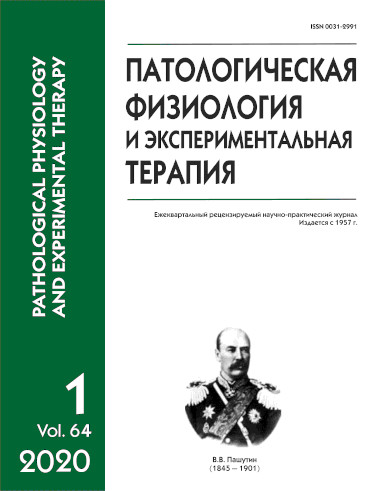Experimental models of myometrium contractile activity
Abstract
Uterine contractile activity remains an important issue of fundamental research as there is no single view of the biomechanics of uterine contraction necessary for the prevention of parturition and obstetric trauma until now. The aim of the review was to assess advantages and limitations of experimental models described in the literature for study uterine contractile activity. At the present time main experimental approaches for study myometrium contractile activity are research in vitro, in situ, in vivo, in silico and the their combinations. The literature presents experimental approaches, different models of uterine contractions synchronization and study of myometrium pacemaker activity. Due to active development of computer technologies there is a need to model human uterine contractile activity with a simplified anatomy. The authors propose that combination of electromyographic, biochemical and morphological methods in chronic experiment is the most correct and appropriate direction for the assessment of the myometrium contractile activity and functional state of normally developed and growth restricted fetuses.






